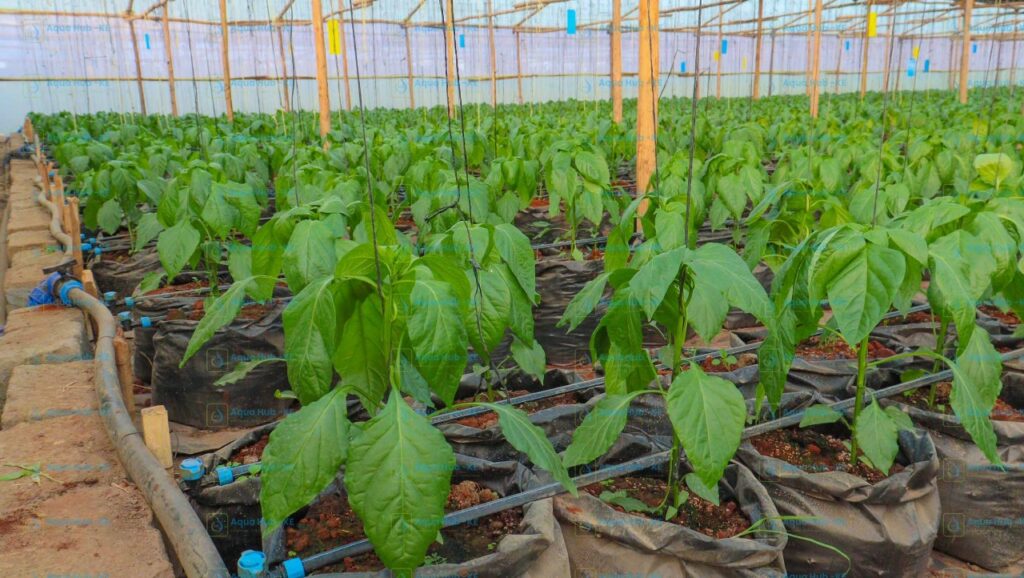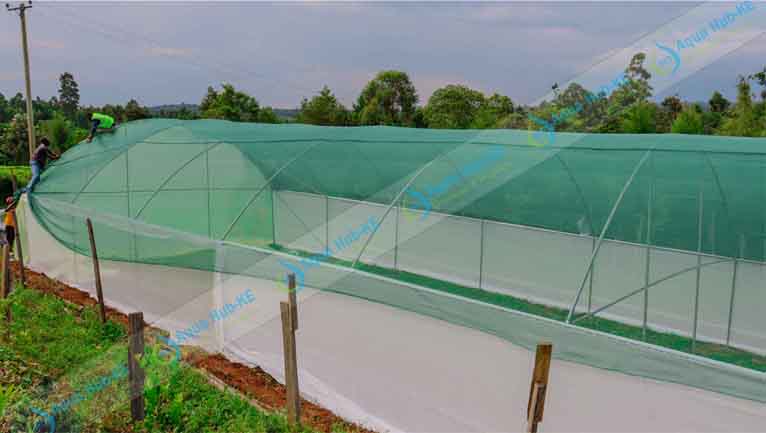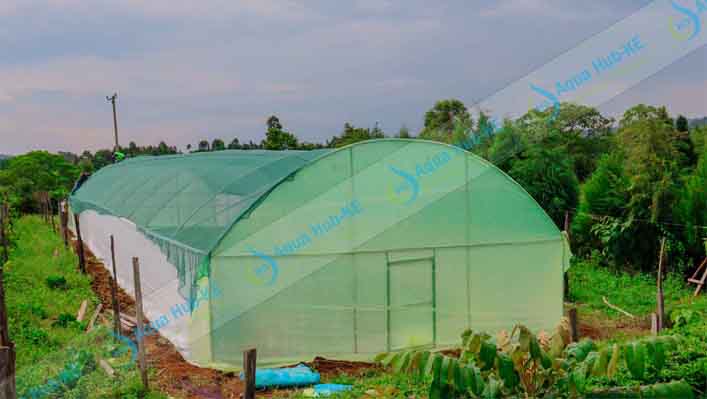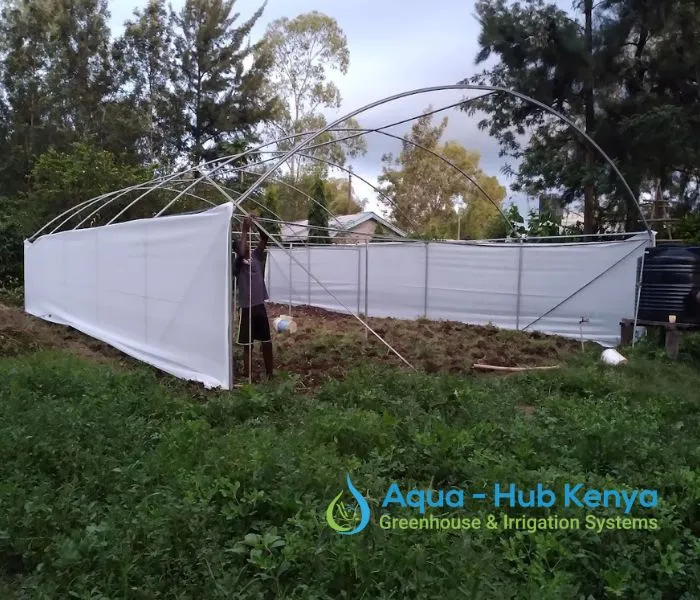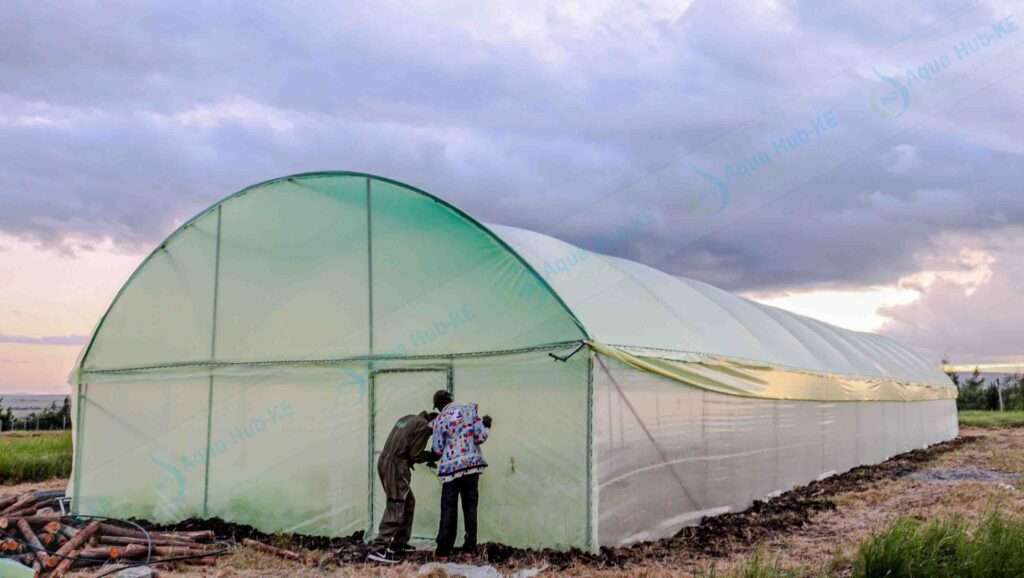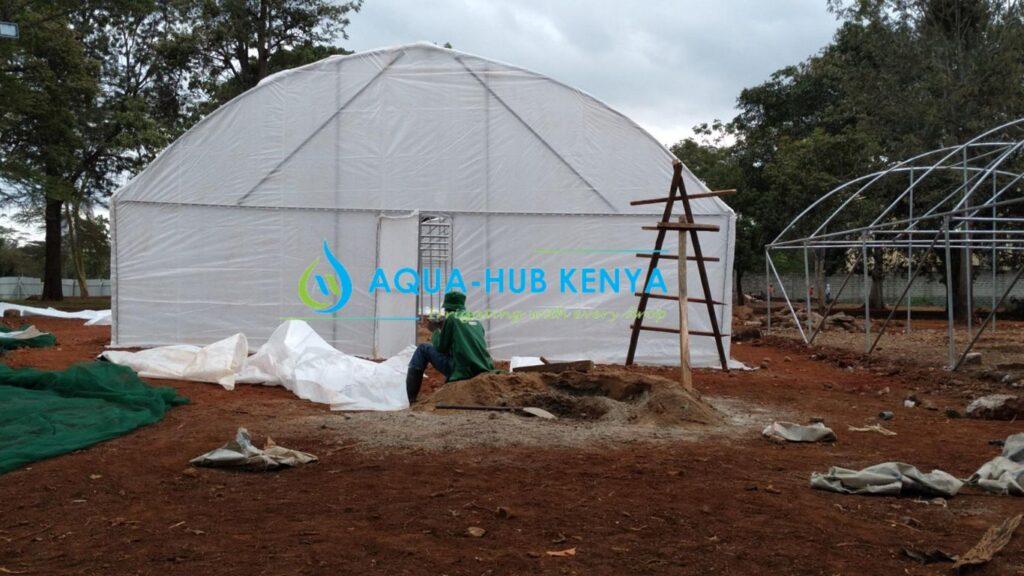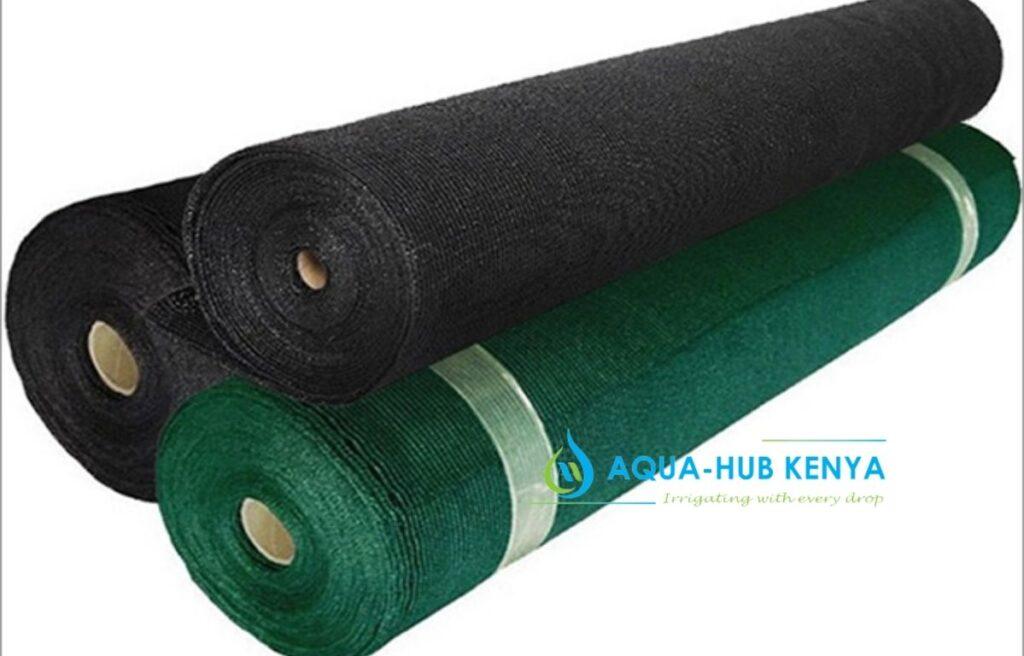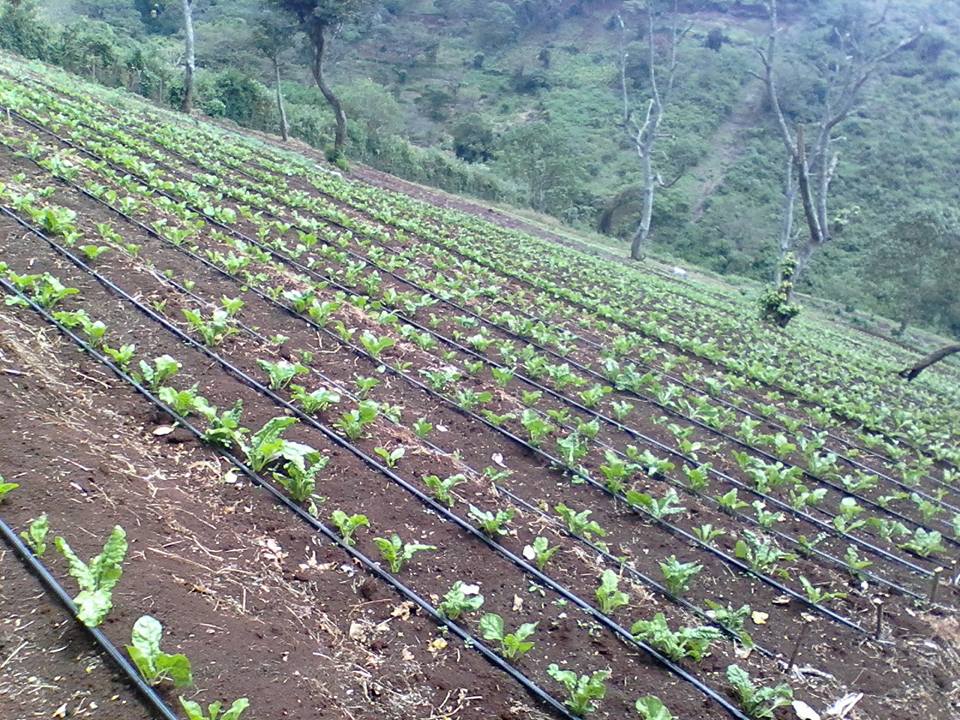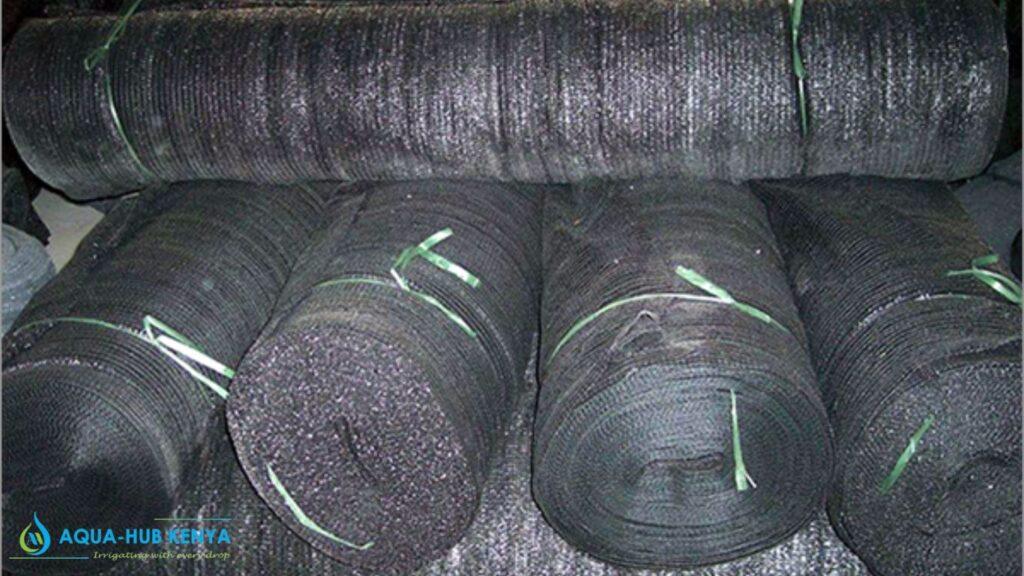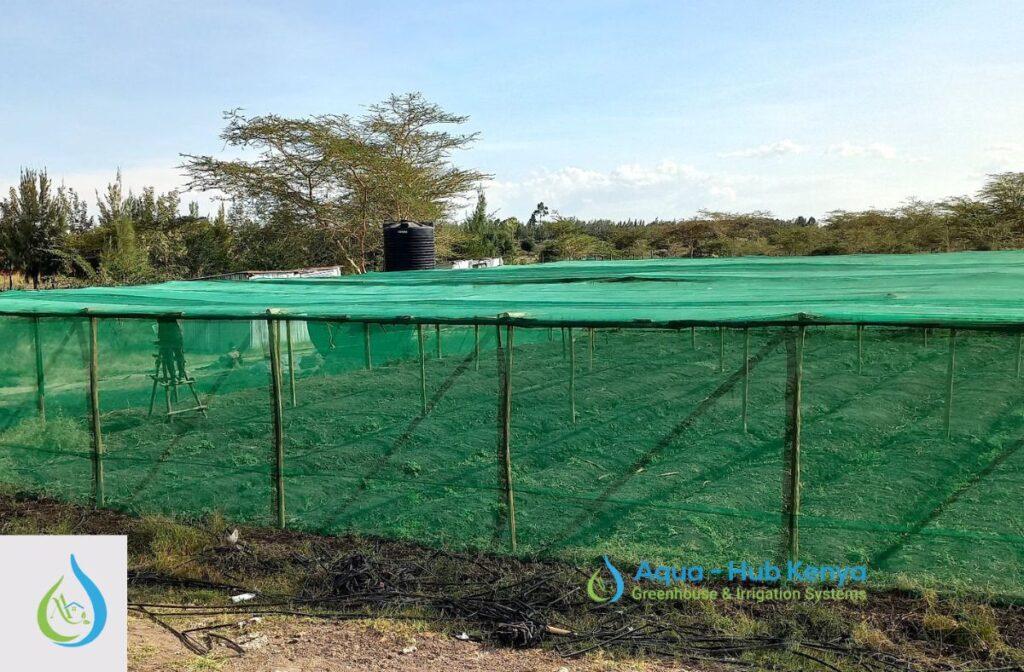Drip Line Fittings by Aqua Hub
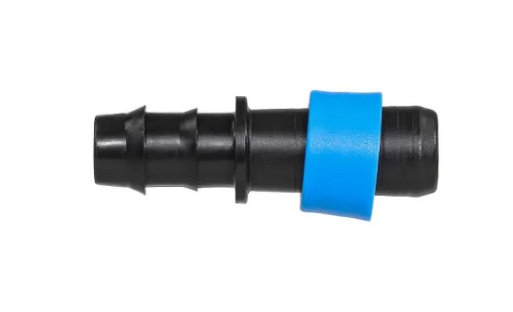
Farmers, retailers, and irrigation technicians can benefit from Aqua Hub’s low prices on drip line fittings. Drip irrigation components are UV-treated plastic that can be used in open fields and greenhouses in tropical equatorial climates. The team of drip irrigation experts provides technical support to our clients. Our drip fittings are known for their high quality and ease of use. We customize them with specifications for African growers from our various manufacturers. In a drip irrigation system, each fitting serves a specific purpose.
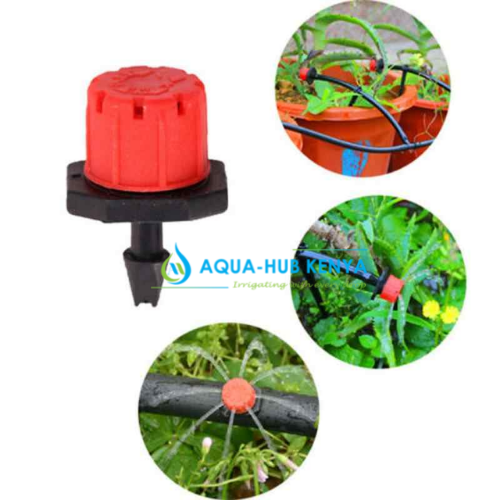
Drip irrigation
The most effective irrigation method is drip irrigation. Sprinkler systems are typically 75-85% efficient, while drip systems are typically 90% or higher. That means a lot less water is wasted! As a result, drip irrigation is the preferred method of irrigation in the United States’ desert regions. However, drip irrigation has additional advantages that make it useful almost anywhere. It’s simple to set up, design, and maintain, and it can help reduce disease problems caused by excessive moisture on some plants.
Drip irrigation (also known as trickle irrigation) works by slowly releasing water into the soil. Drip irrigation’s great efficiency is due to two key considerations. The first is that before it can evaporate or run off, the water soaks into the soil. The second difference is that instead of being sprayed everywhere, the water is exclusively applied where it is needed (at the plant’s roots).
Drip line fittings
Drip line fittings are the components of the drip irrigation system. They’re handy for joining tube components together. You’ll need the correct fittings to connect drip lines, tubing, and other gear to each other and to your water supply if you’re using or building a drip irrigation system to save water and benefit your plants. Aqua hub offers a wide range of drip line fittings that are among the best on the market.
What are the components of the drip line fitting?
Customers frequently inquire about the components required for drip irrigation at Aqua Hub. The answer to this excellent question is very dependent on your circumstances, the crops you cultivate, where you reside, and other variables. Here’s a quick overview to assist you figure out what’s accessible. There are several components that are available.
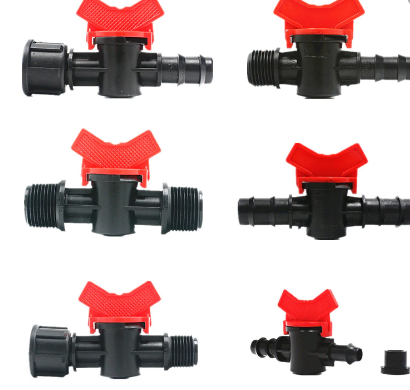
Delivery of water can be by tubing and emitters alone, but without fittings, a drip system is nothing more than a leaky hose. Fittings enable for a more complicated and efficient irrigation system. The following are some of the components.
- Starter connector: The starter connector is a grooved accessory with grooves on both ends. The short end is fitted with a rubber to connect to the PVC or HDPE water pipe. The drip line meets the long.
- Mini valve: This connects the PVC or HDPE water pipe to the drip line, just like the starter connector. It supplies water to the drip line from the mainline, just like the starter connector. The only difference is that it has a tap to control the drip line’s water flow.
- Rubber/ grommet: This is the seal between the water supply line and the starter connector or mini valve that prevents water leakage. Rubber of the ‘H’ or ‘T’ type works well here.
- Drip Connector: It connects the two ends of the drip line.
- Drip End Cap: The installation of the cap is at the end of the drip line.
Tips for drip design
Before you begin, you must first assess the water requirements of the plants and trees you intend to work with. This is vital to ensure that you select the appropriate emitter for each plant or zone, especially in vegetable gardens.
- Make a plan for your system, including measurements, emitter placements and flow rates, and any other information you’ll need during installation (or even purchasing). Pay special attention to the diameters of the tubing and emitters!
- Consider your flow rates: in addition to understanding how much water a plant requires, you must also consider the type of soil in which it grows. In the incorrect soil, a fast flow can cause waste and runoff, whereas a sluggish flow in quick-draining soils may not deliver enough water.
- Tubing has its limitations! Keep in mind that each run of tubing should have a specific length — and at a set flow rate — or you’ll have issues with pressure loss and inconsistent watering.
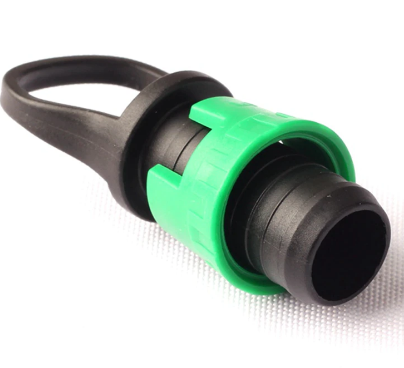
Our drip fittings can resist high water pressure while running through an irrigation system. Under extreme pressure, they do not detach, leak, or pull apart. We sell them alone or as part of a drip irrigation package. Proper installation of these fittings enables for faultless irrigation water passage along the system to each plant in major irrigation projects.

